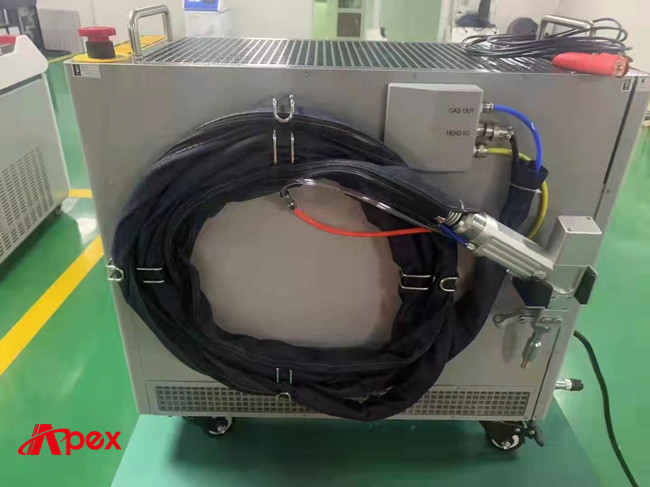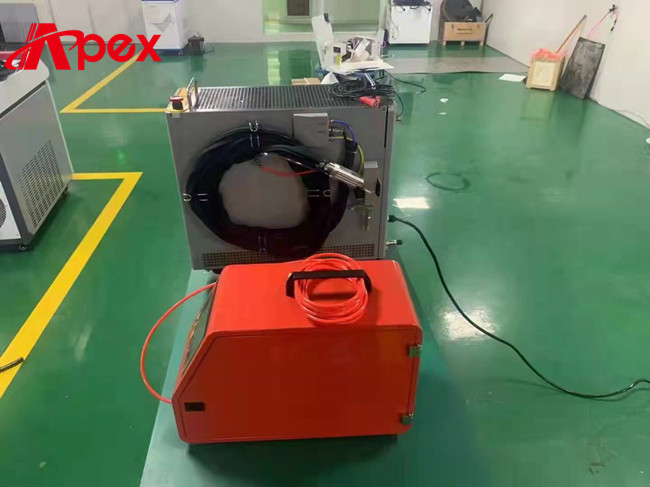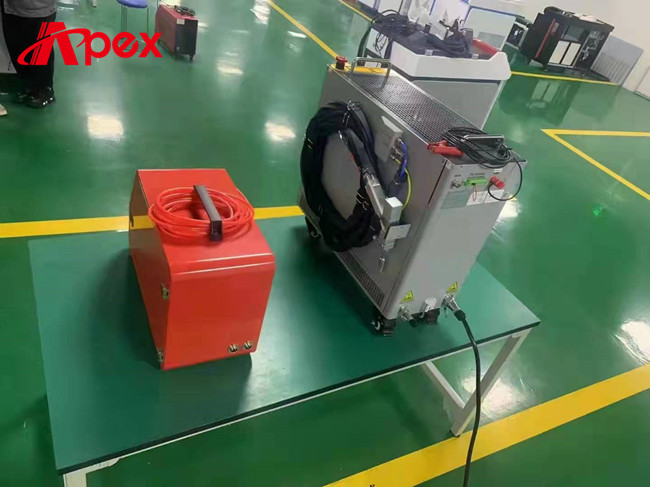Compared with other welding technologies, the main advantages of laser welding are:
1. Fast speed, large depth and small deformation.
2. It can be welded at room temperature or under special conditions, and the welding equipment is simple. For example, when the laser passes through the electromagnetic field, the beam will not shift; the laser can be welded in vacuum, air and certain gas environments, and can be welded through glass or materials that are transparent to the beam.
3. It can weld refractory materials such as titanium, quartz, etc., and can weld heterogeneous materials with good results.
4. After the laser is focused, the power density is high. When welding high-power devices, the aspect ratio can reach 5:1, and the highest can reach 10:1.
5. Micro welding is possible. The laser beam can obtain a small spot after being focused, and can be accurately positioned, which can be used in the assembly welding of micro and small workpieces that are mass-produced automatically.
6. It can weld hard-to-access parts, and implement non-contact long-distance welding, which has great flexibility. Especially in recent years, the use of optical fiber transmission technology in YAG laser processing technology has made laser welding technology more widely promoted and applied.
7. The laser beam is easy to realize the beam splitting according to time and space, and can perform multi-beam simultaneous processing and multi-station processing, which provides conditions for more precise welding.
However, laser welding also has certain limitations:
1. The welding parts are required to have high assembly accuracy, and the position of the beam on the workpiece must not be significantly shifted. This is because after the laser is focused, the spot size is small and the welding seam is narrow, which is filled with metal materials. If the assembly accuracy of the workpiece or the positioning accuracy of the beam does not meet the requirements, it is easy to cause welding defects.
2. The cost of lasers and related systems is relatively high, and the one-time investment is relatively large. …
Laser welding heat conduction
Laser welding is to radiate a high-intensity laser beam to the metal surface, and through the interaction of the laser and the metal, the metal is melted to form a weld. In the process of laser-metal interaction, metal melting is only one of the physical phenomena. Sometimes time energy is not mainly converted into metal melting, but manifested in other forms, such as vaporization and plasma formation. However, to achieve good fusion welding, metal melting must be the main form of energy conversion. For this reason, it is necessary to understand the various physical phenomena produced by the interaction between laser and metal and the relationship between these physical phenomena and laser parameters. By controlling the laser parameters, most of the laser energy can be converted into metal melting energy to achieve welding. Purpose.
Post time: Dec-30-2021




